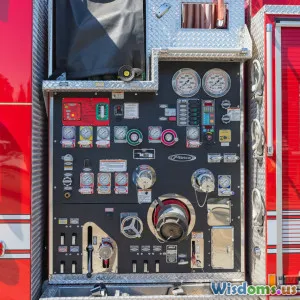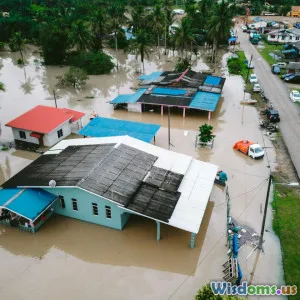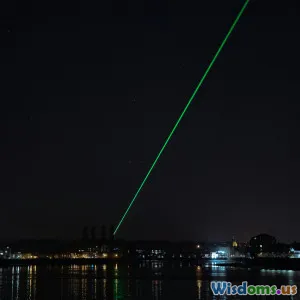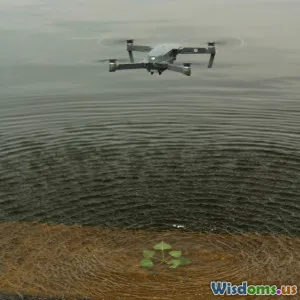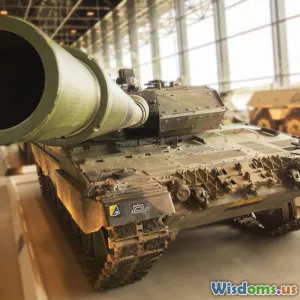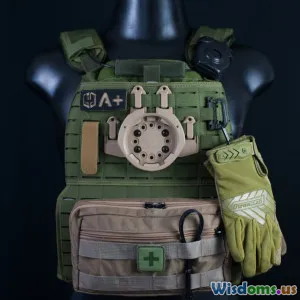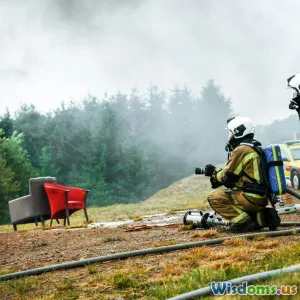
Inside a CBRN Response Unit Day in the Field
15 min read Explore a day in the field with a CBRN Response Unit, highlighting their vital roles and challenges. (0 Reviews)
Inside a CBRN Response Unit Day in the Field
Every day, heroes in hazmat suits ready themselves for the unexpected. For most people, "CBRN"—short for Chemical, Biological, Radiological, and Nuclear—evokes images from action films or wild disaster scenarios. But for dedicated men and women in CBRN response units, it's just another call of duty. From sunrise drills to sunset after-action reviews, a day in their field brings grit, razor-sharp focus, intense teamwork, and meeting danger head-on.
The Early Briefing: Setting the Stage for Safety
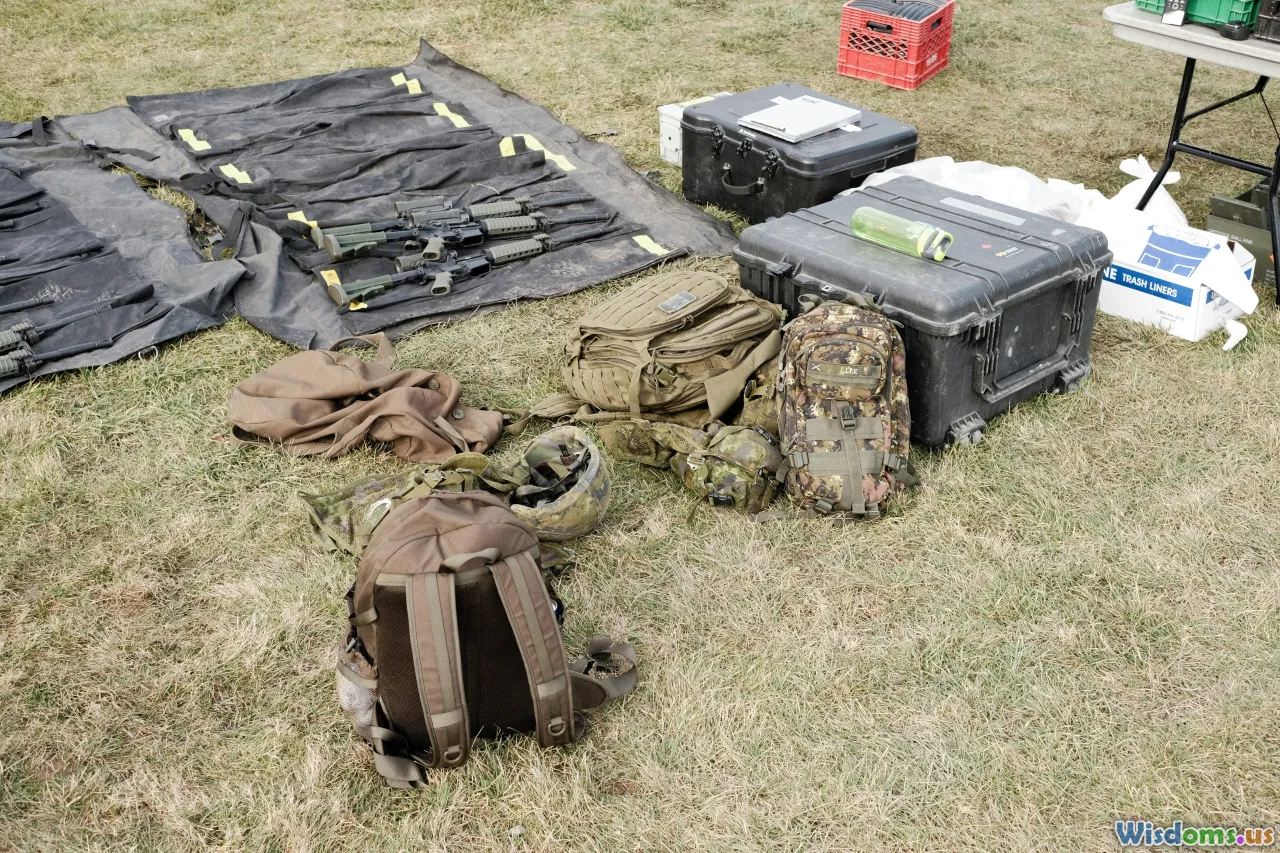
The day in a CBRN unit often begins before first light, with an all-hands briefing. It's the moment when the unpredictable gets planned for, when intelligence reports, weather updates, and mission objectives are laid bare.
A typical morning might see a unit gathered in a secure room, poring over maps highlighting potential hotspots—a rail yard with leaking chlorine canisters or intel about a suspicious package at a public transport hub. CBRN leaders walk the team through the latest threat assessments, distribute call sheets, and outline safety protocols. Here, the "buddy system"—where no one enters a hotzone alone—is emphasized, often through examples of past mishaps that could have been avoided.
This phase underscores a critical lesson from CBRN response: success lies as much in prevention and preparation as in technical prowess. With mission priorities clear, team members run quick checks on personal protective equipment (PPE)—respirators, rubber boots, detectors—because lives depend on reliability, not luck.
Gear Up: Equipment Makes the Specialist
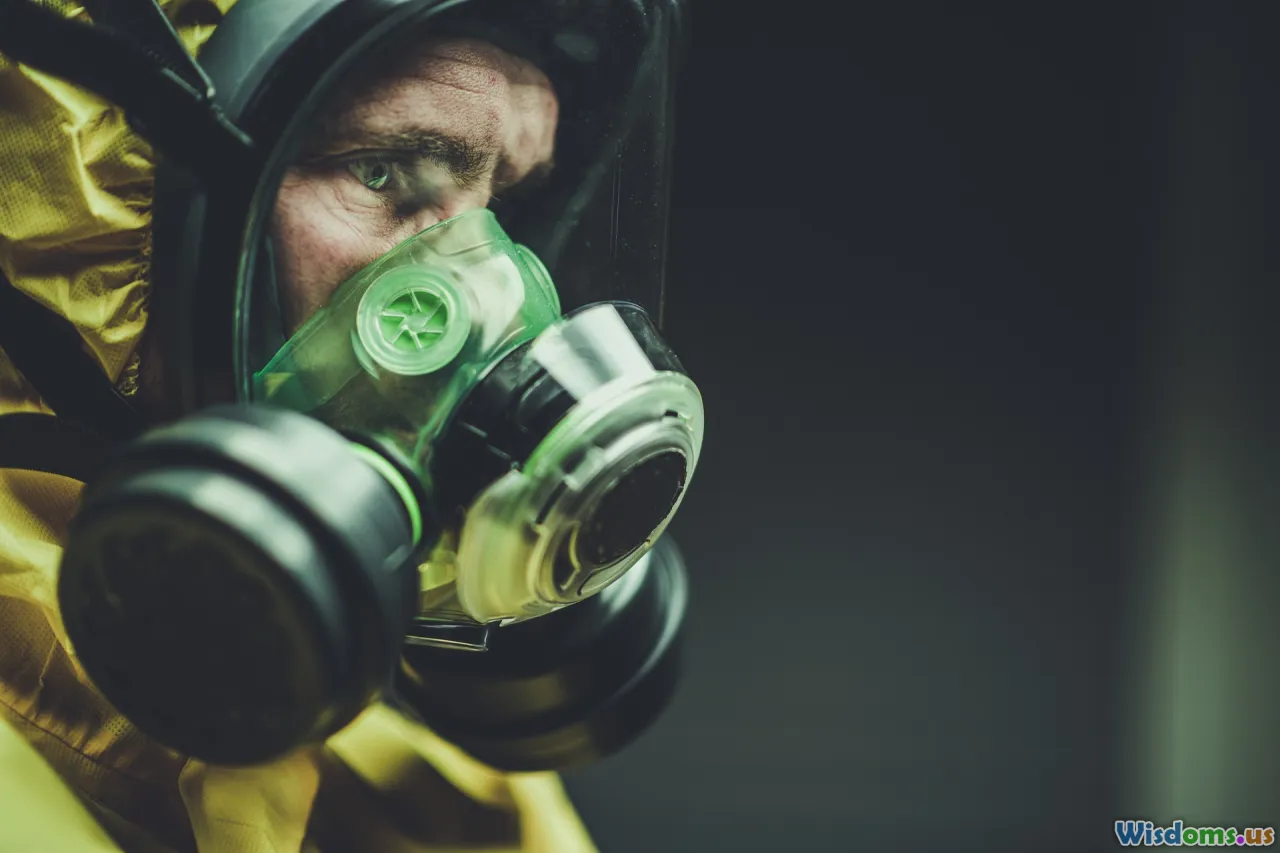
Equipment is the shield between life and a silent, invisible threat. A CBRN operative starts by donning a specially designed Level A hazmat suit—impermeable and robust enough to defend against the deadliest substances. The process is methodic: donning the inner gloves, zipping up underarm seams, sealing tape, and securing the self-contained breathing apparatus (SCBA).
Every item serves a clear function. Detection meters such as Geiger counters (for radiation), MultiRAE gas detectors (for airborne toxins), and paper-strip chemical indicators are tested systematically. A real-world example occurred during the 2018 Salisbury nerve agent attack, where UK CBRN response teams required reliable mobile labs and detection tools within hours. Their preparedness kept casualties to a minimum and contained contamination.
To the CBRN specialist, readiness isn’t an abstract concept but a life-or-death checklist. Equipment logs, battery levels, and decontamination tools (from simple washdown showers to multidrug spray packs) are confirmed before wheels hit the road.
Live Drills: Turning Training into Instinct

Drills form the backbone of every CBRN unit’s field competence. Many units conduct scenario-based exercises several times weekly to build muscle-memory responses. These can involve simulated chemical spills, mass casualty triage, or even mock terrorist attacks using harmless surrogates to mirror a real toxin’s effects.
On the ground, an officer might race against the clock to "rescue" a mannequin from a contaminated zone, while colleagues operate detection drones overhead. The world’s most trusted CBRN units, like the US Army’s 20th CBRNE Command or Germany’s Zentrale Abwehr gegen ABC-Gefahren, invest thousands of collective hours into such exercises.
Training outcomes don’t just stay in the classroom. In Japan, responders applying post-Fukushima radiological knowledge relied on earlier drills to navigate daunting unknowns, staying safe while assessing site integrity and safeguarding surrounding communities.
Rapid Deployment: Rolling to the Incident
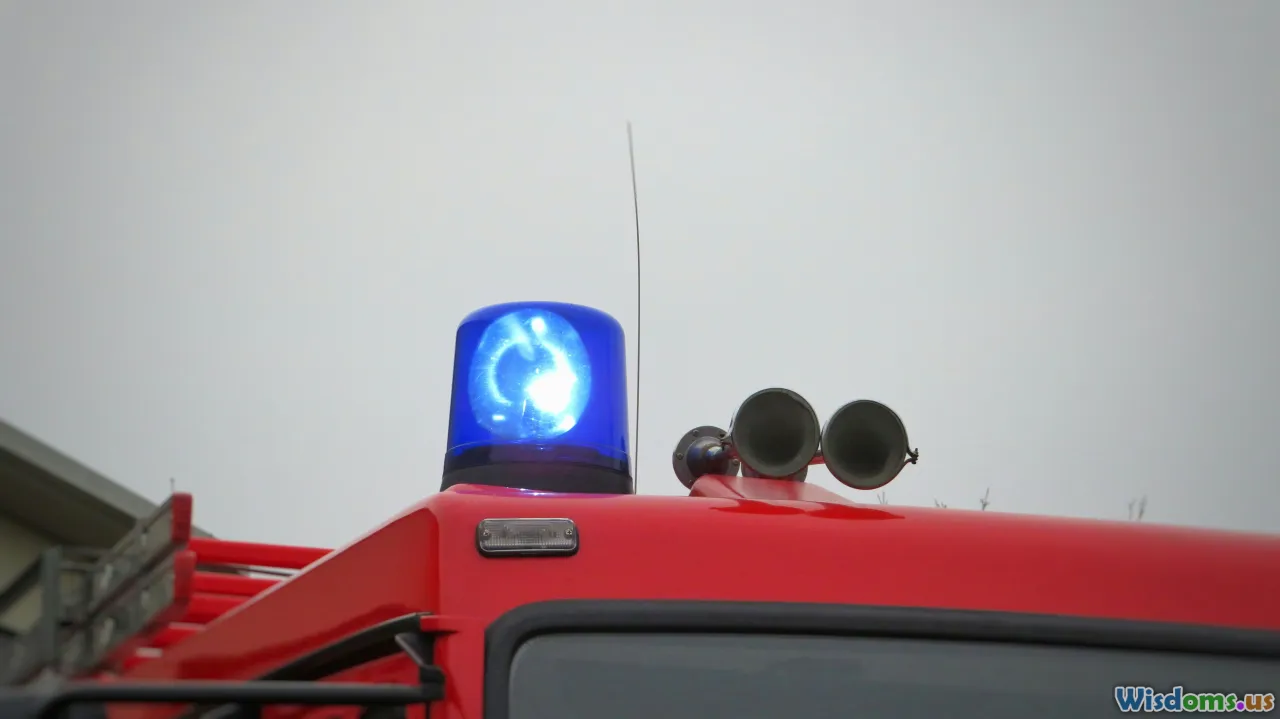
If a hazardous material leak is confirmed, the team moves with practiced speed. Vehicles—customized vans, trucks, sometimes armored personnel carriers—carry not only gear but also command-and-control modules.
Upon arrival, site control is established. The first priority: setting up a safe perimeter, often marked by flagged cordons at increasing distances (hot, warm, cold zones). For instance, a suspected anthrax letter at a postal facility triggers a rapid lockdown and negative pressure tents, ensuring toxins don’t escape.
Real events have shown how critical swift, cohesive action can be. In 2019, the Swedish Civil Contingencies Agency’s (MSB) response to an unknown white powder event in Uppsala highlighted the benefit of satellite-based real-time comms and portable negative air machines.
The Detection Dance: Science Under Pressure
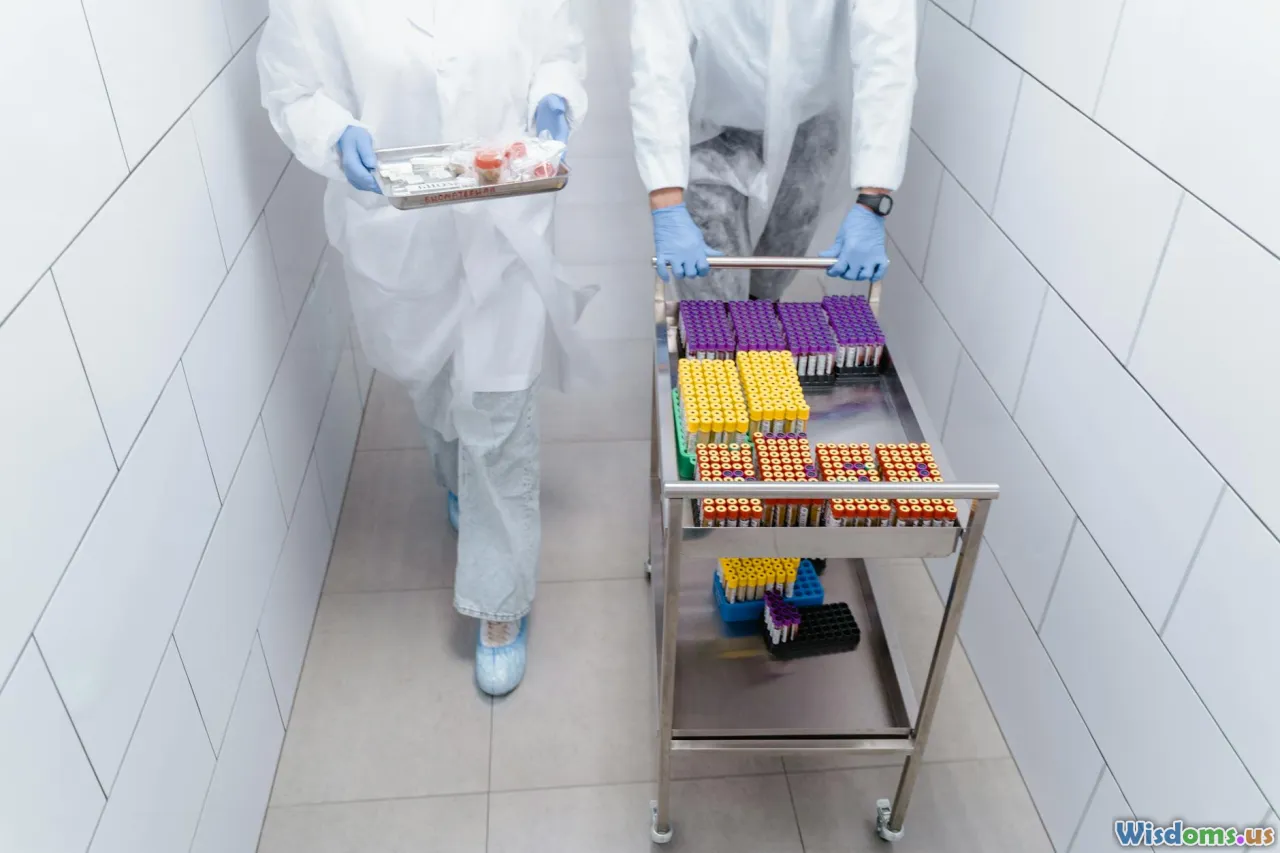
Once inside the hot zone, the finely tuned choreography of hazard detection begins. Operators sweep the environment with a suite of sensors: detectors for nerve and blister agents, portable Raman spectrometers for unknown substances, and radiological survey meters.
They visually scan for telltale clues: discolored surfaces (acid spills), dead fauna (toxin release), or unusual smells. At a suspicious spill, evidence collection follows stringent protocol: labeled vials, sealed sample bags, and tamper-proof cases, all handled as potential legal evidence.
Rapid lab analysis is often crucial. The unit’s mobile labs use polymerase chain reaction (PCR) machines to identify biothreats like anthrax within two hours. Fact: during the 2001 anthrax letters in the US, the FBI and CBRN teams adjusted sample swabs and lab locations to deal with overlapping postal networks—a logistical ballet that saved time and expanded their response net.
Coordinating with Civilians and Other Agencies
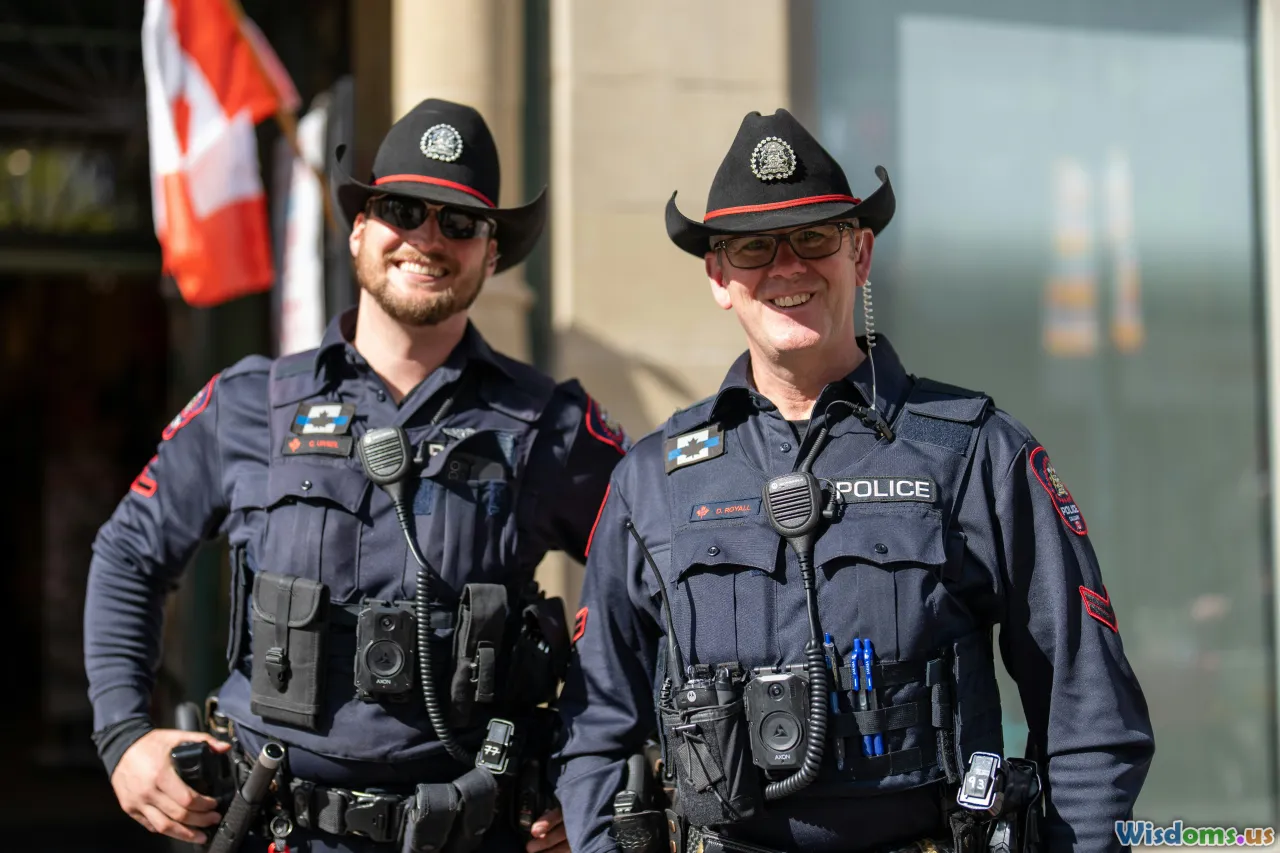
CBRN teams never operate in a vacuum; they’re part of a broader emergency web. Smooth collaboration with local firefighters, paramedics, law enforcement, and sometimes military units determines outcomes.
Inter-agency briefings happen on the fly, often multiplexed through secure radios and digital status boards, translating technical CBRN lingo into actionable advice for frontline responders. A simple tip-off—like recognizing symptoms of sarin exposure (runny nose, pinpoint pupils, labored breathing)—can spell the difference between swift help and silent tragedy.
Internationally, the 2018 Skripal nerve agent attack saw CBRN units tap into Europol and NATO databases, track toxin supply chains, and even coordinate with experts in Moscow and Berlin. It's evidence that a well-networked response multiplies effectiveness.
Emergency Medical Response: Triage and Decontamination
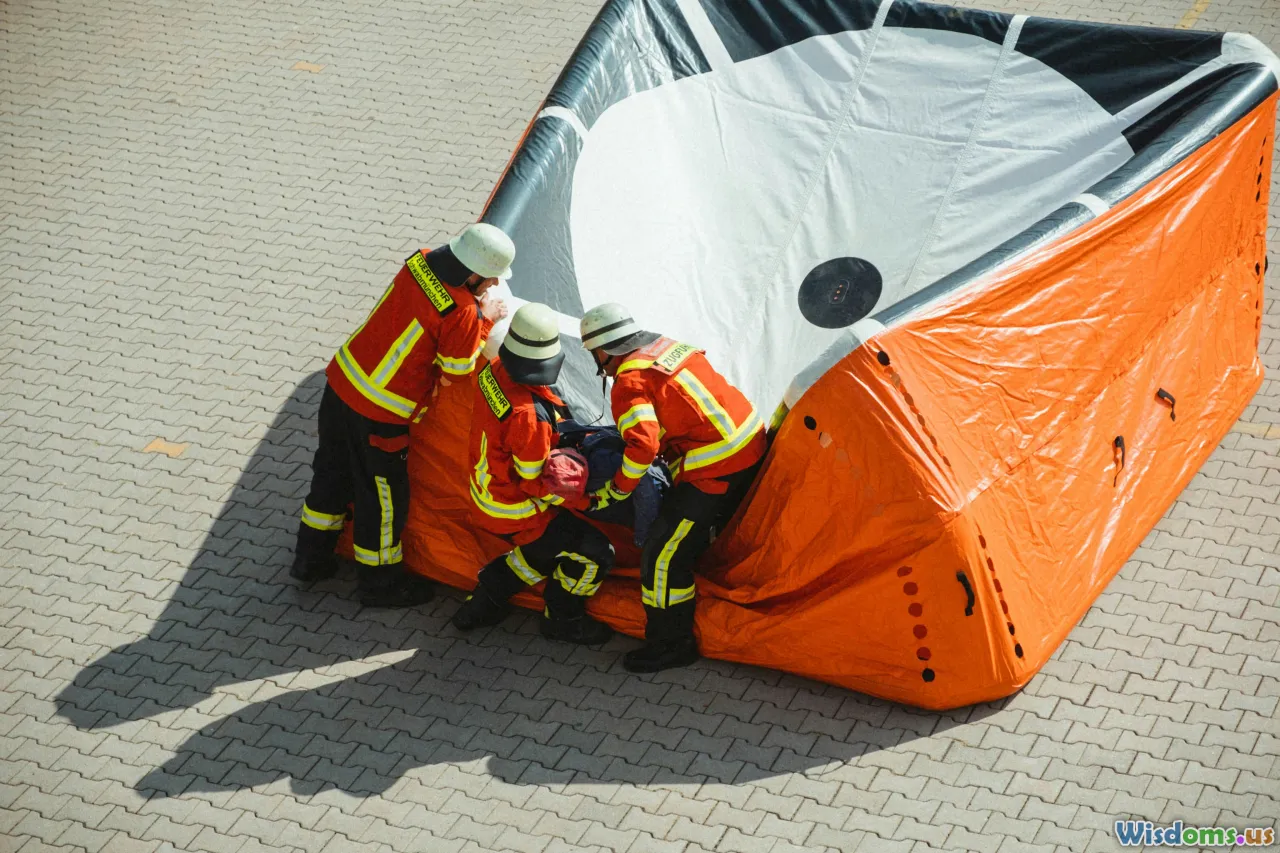
A pillar of the CBRN mission is medical response. Specialized medics work shoulder-to-shoulder with operators, prepared to triage mass casualties—sometimes in cumbersome suits under intense psychological strain.
Decontamination tents become field hospitals—showers, clothing removal, and skin-decon chemicals administered to prevent further absorption. Lessons from Syria’s documented chemical weapons attacks informed standard operating procedures worldwide: teams now position showers upwind and ensure water run-off containment, based on real-world failures observed in earlier missions.
Each move is dictated by protocols honed from tragedies. When hundreds were exposed to high doses of radioactive Cesium-137 in Goiania, Brazil (1987), incautious handling prompted changes: all CBRN units since conduct dose monitoring on rescuers as well as victims, using dosimeter badges and periodic evacuation.
Handling the Public and Media: Clear, Calm Communication

Despite the technical intensity, human communication remains paramount. In chaotic events, confusion breeds fear. CBRN teams employ designated spokespeople adept at fielding rapid-fire questions from anxious officials, reporters, and—most importantly—the affected public.
Messages are crafted for clarity: what was found, what’s being done, precautions in force, and when things might return to normal. After the 2020 Beirut port explosion, responders’ open briefings about ammonium nitrate minimized panic and curbed rumor-mongering.
A vital tip for CBRN professionals is to anticipate the social ripple effect and devise messaging plans while still in the early containment and cleanup phases. With clear, evidence-based information, trust is built before sensationalist speculation can take root.
Recovery Operations: Decontamination and Verification
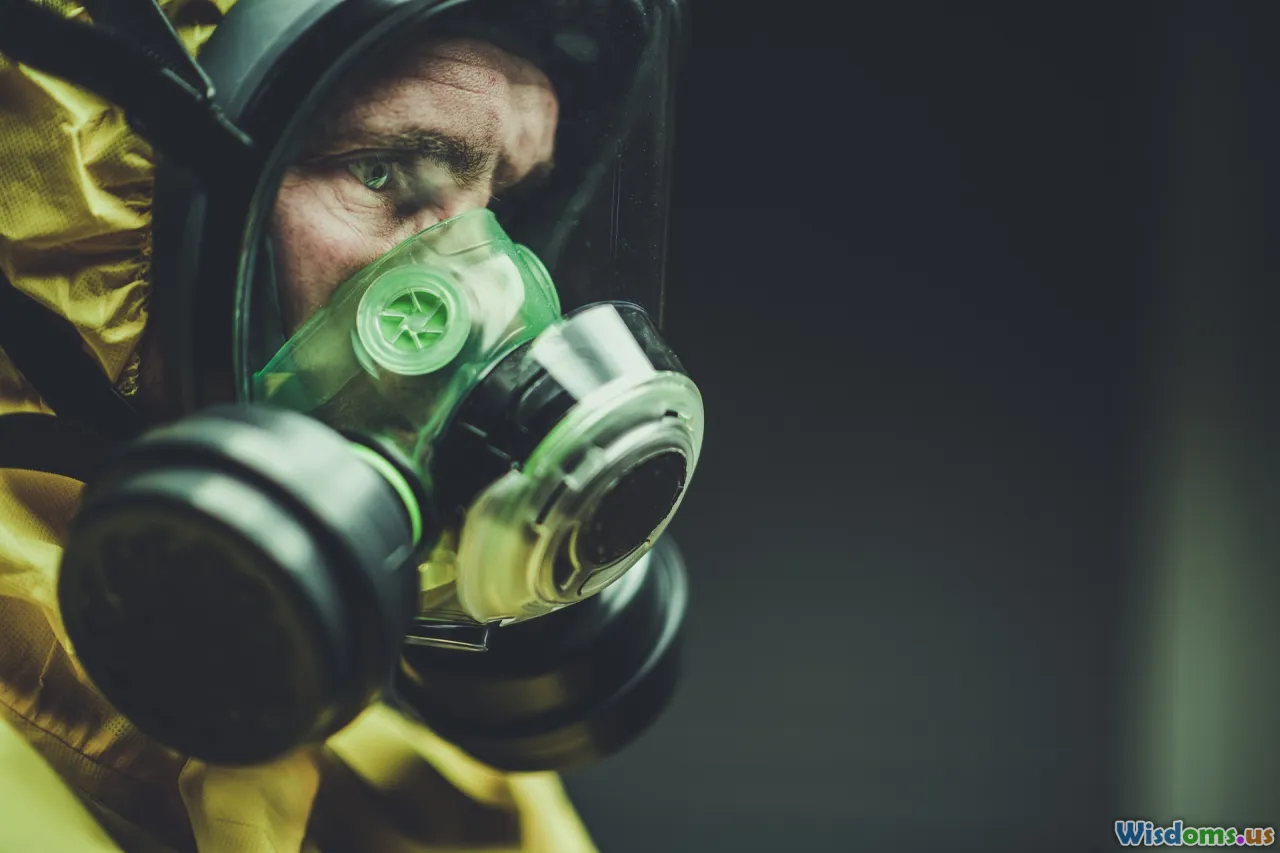
Once the immediate crisis ebbs, painstaking recovery begins. Operators scrub contaminated surfaces, clear debris, and deploy absorbent and neutralizing agents. Areas are tested repeatedly using surface wipes, air samplers, and real-time chromatographs to ensure true safety.
CBRN teams reference historical worst-cases to guide operations. In one example, after the Novichok nerve agent incident in Salisbury, dozens of vehicles, bins, and structures underwent months-long decontamination—no shortcuts allowed, as certain agents linger in microscopic traces. Specialized disposal teams handle contaminated gear for incineration or secure landfill, per hazmat regulations.
Critically, before an area can reopen, environmental health officials and independent assessors reproduce CBRN tests, and only then clear zones for reoccupation. Lessons are logged for internal training and interagency reviews.
The After-Action Review: Building a Better Response

With danger addressed, CBRN units turn an unflinching eye to their own responses in after-action reviews (AARs). Team leaders highlight what worked, what faltered, and where protocols need tightening. Input is democratic—every team member is heard, from drivers to site scientists.
A successful AAR might dissect a slow area entry or faulty comms link as bluntly as it praises a life-saving decontamination line. These post-mortems feed back into unit doctrine and soon feature in new training cycles, spreading the lessons from one morning’s brush with disaster across the broader CBRN community.
For instance, after the 2017 accident involving accidental exposure to hydrogen cyanide in a European plant, delayed interpretation of a hand-held detector led to updates in training for real-time data analysis, ensuring teams globally learn from every error.
Resilience, Readiness, and the Battle Between Knowledge and Chaos

A field day inside a CBRN unit is not about extraordinary acts of bravado—it’s a showcase of meticulous planning, practical skill, and adaptability in the face of shifting hazards. Chances are you’ll never see their work unless the unimaginable becomes reality. But every clean street after a scare, every restored building, and every life free from silent toxins speaks to their relentless commitment.
In the dynamic world of CBRN response, knowledge isn’t just power—it’s the line between catastrophe and containment. Their days are filled with drills, frayed nerves, technological wizardry, and the satisfaction of being ready for the call, for a threat that is always just out of sight—but never out of mind. When disaster strikes, we rest easier knowing these trained professionals stand vigilant, armored by skill and undeterred by fear.
Rate the Post
User Reviews
Other posts in Chemical, Biological, Radiological, and Nuclear Defense (CBRN)
Popular Posts










